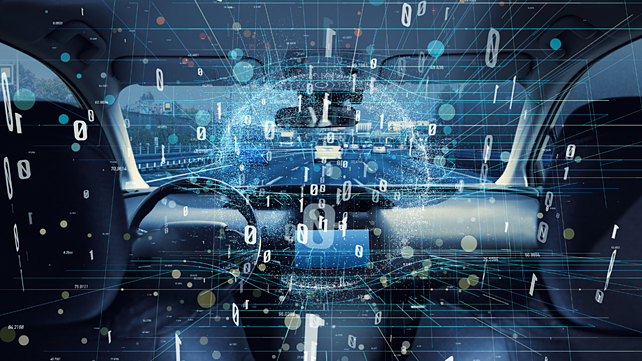
With more than nine billion habitants that would occupy the planet by 2050 and a 2.2 bn vehicle parc, the need for smarter and shared mobility development practices is rather urgent. From personal conventional mobility, the ecosystem is expanding to XEVs, autonomous vehicles and shared mobility ownership. The ecosystem is moving to more autonomy in transportation and a lot more digitalisation upstream & downstream. Digitalisation through AI, blockchains, IoTs, AGILE processes and the like, are making sweeping changes across the mobility landscape.
In the upstream of mobility, digital simulation or virtual engineering in product design, development and bringing in VOR (Vehicle on Road) are critical pillars. Continuous improvement and simulation has resulted in the developmental time and cost reduction up to 35% across the board. The wastage of material during the product life cycle has reduced up to 25%. The reliability and robustness has grown several folds in many of the systems.
Decision makers are better informed for arriving at smarter inferences. Leveraging synergies and knowledge across the organisation is efficient, simple, and quicker. Through accessing data lakes, intercontinental teams’ exchange of data is transparent, simpler, efficient, and faster. Due to better communication tools there is significantly better trust and relationships between teams. Better project management has resulted in favourable assigning of appropriate resources, time, and planning ramp-ups/ramp-downs at the touch of a button. Some OEMs have significantly leveraged digitalisation to target zero physical prototypes during their developmental cycles.
Role of Simulation
In the early days of digitalisation, simulation was introduced as Computer Aided Engineering for analysing stresses, system dynamics, computational fluid dynamics and thermal management. Advent of XIL for electronics and embedded systems changed the playing field by replacing the costly & laborious time-consuming aspects of physical testing.

Today, through IoTs, visual design engineering to develop concepts and styling of vehicles, exterior and interior, has reduced the need of multiple clay models and CNC machine time. This was followed by colour therapy to create the best ambience of interiors and human machine interfaces. On large screens, one can see full scale vehicle models and interfaces. Simulation using blockchains is leveraged to optimise weight, layout of wiring and plumbing, component layouts, under hood and under body air flow, road clearances, vehicle dynamics, crash and safety aspects, activation and response time of sensors, life cycle assessments, and a multitude of aspects.
The emphasis on creating real life operating conditions of the vehicle to ensure robustness and higher reliability led to the creation of test methods using blockchains that simulated driver behaviour along with real world conditions in the lab and on test tracks. Virtual lab tools and processes using AI have radically changed the way testing and development is being carried out.
In order to reduce manufacturing time and costs the line set-up, mould flow analysis, workflows and shop layouts for quicker assembly are digitally simulated using AI and IoTs using AGILE. The assembly line ergonomics, robotic cells and the end of line assembly are simulated before building a plant or expanding the current infrastructure. These techniques have given a cost and ‘time to launch’ advantage to the industry, as trans-shipment equipment can be made flexible and adaptable based on these virtual on-site simulations.
Digitalisation of the Consumer Interface
In the downstream aspects, the customer interface experiences of buying a new vehicle and after sales service experiences are simulated after studying the ecosystem and the familial habits. Some OEMs have provided flexibility to consumers to handpick systems and order their vehicles online, visually track the build on-line during assembly until its completion. Even the marketing campaigns are tuned using blockchains to suit the digital environment and target specific customer segments in relevant geographies. The holistic approach is not limited to selling a vehicle but also simulating the financing aspects of value cycle, vehicle insurance, service reminders, auto updates of operating systems, recalls and the like.
Digitalisation & Smarts in the automotive world are dynamic evolving mechanisms due to the co-development of tools and techniques, equipment, and infrastructure. The focus on better integration with Gen S lifestyles, cost competitiveness, time to market, and the norms and regulations have been the biggest levers in digitalisation, day after day, in the mobility world.
These have been augmented by skill development of a growing smarter workforce that has a proactive mind-set of customer centricity. Innovative partnerships between governments, academia and the industry are continuously seeing newer digitalisation horizons across the global automotive landscape.
About the author: Dr Arun Jaura is Managing Director of Michelin India Technical Center in Pune.